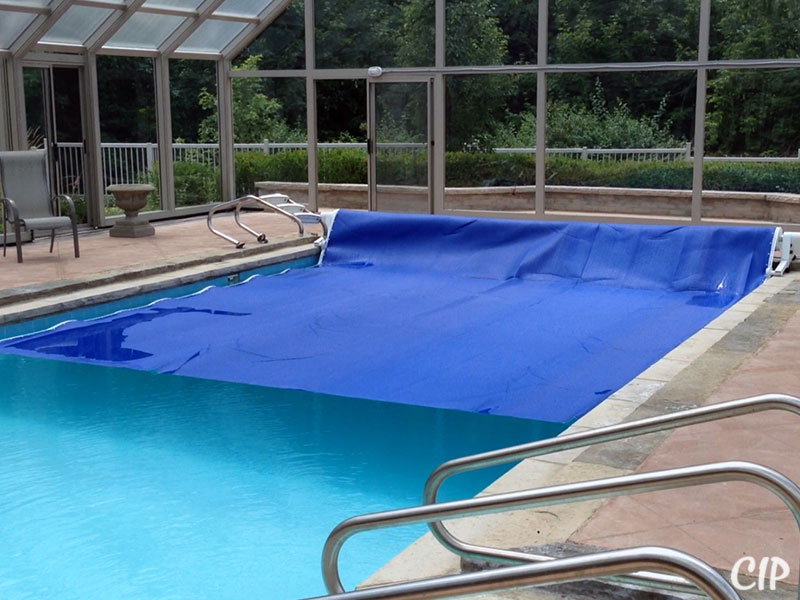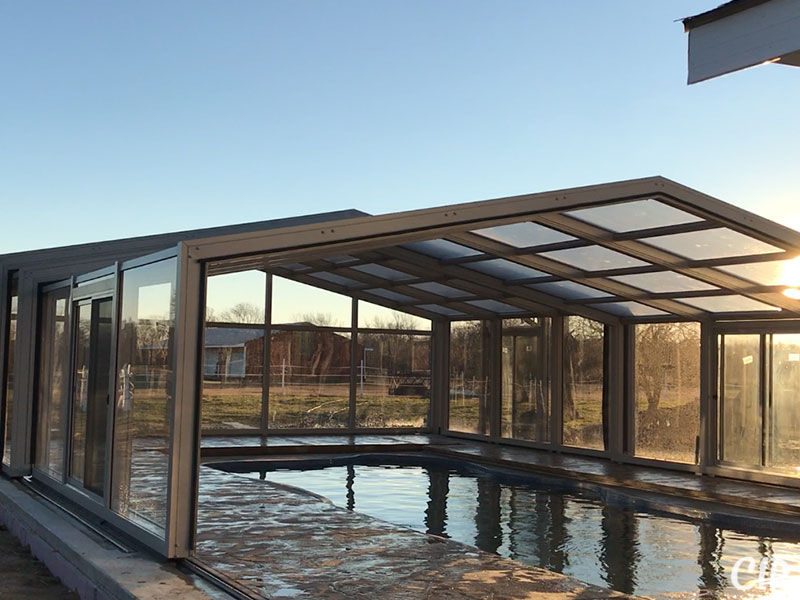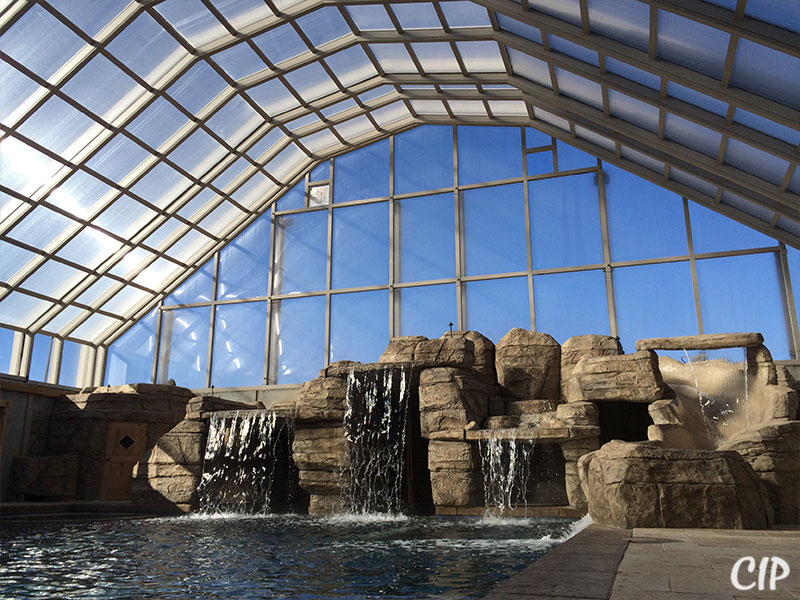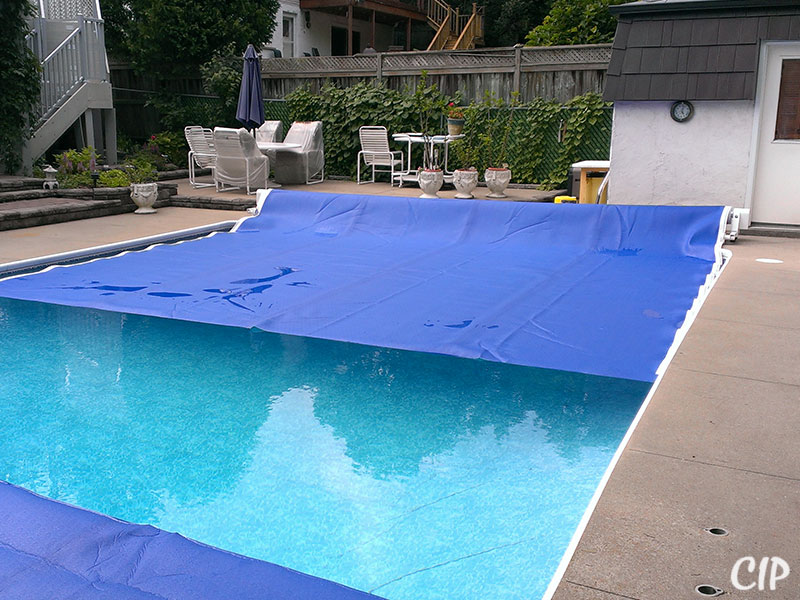Dealing with mustard algae in a pool can be a frustrating experience for any pool owner. This stubborn algae strain, known for its yellowish-brown color and powdery texture, tends to cling to pool surfaces, making it difficult to remove. Mustard algae thrives in warm, sunny environments and can spread quickly if not treated correctly. If you’re facing a mustard algae outbreak, understanding what causes mustard algae and how to eliminate it effectively is crucial for restoring your pool’s health and appearance.
In this comprehensive guide, we’ll walk you through the right steps to identify, treat, and prevent mustard algae in your pool, ensuring it stays clean and safe for swimming.
What is Mustard Algae?
Mustard algae is a type of chlorine-resistant algae that appears as yellow or brownish-green patches in swimming pools. It often settles on pool walls, floors, and pool equipment, and is particularly attracted to shaded or less-used areas of the pool. Unlike green algae, which is slimy, mustard algae feels powdery to the touch and can be easily mistaken for dirt or sand.
Despite its harmless appearance, mustard algae in a pool can spread quickly if not treated, causing unsanitary swimming conditions. Additionally, it has a high resistance to normal chlorine levels, making it harder to eliminate than other forms of algae. That’s why understanding the right mustard algae treatment is essential for getting rid of this pesky invader.

What Causes Mustard Algae in Pools?
Several factors can contribute to the growth of mustard algae in a pool. Identifying the root cause can help prevent future outbreaks and make your mustard algae treatment more effective. Here are the most common causes:
- Poor Pool Circulation: Mustard algae thrives in stagnant water, so inadequate circulation in certain areas of your pool can create ideal conditions for it to grow.
- Low Sanitizer Levels: Insufficient levels of chlorine or other sanitizers can allow mustard algae to take hold. Regular pool maintenance, including monitoring your pool’s chemical balance, is key to preventing outbreaks.
- Contaminated Pool Equipment: Algae spores can enter your pool through contaminated pool equipment, such as pool toys, swimsuits, or cleaning tools that have been exposed to natural bodies of water or infected pools.
- Warm, Sunny Weather: Mustard algae thrive in warm climates, especially when water temperatures are high, and your pool is frequently exposed to sunlight.
By understanding what causes mustard algae, you can take preventative measures to minimize the risk of a future algae bloom in your pool.
How to Identify Mustard Algae in Your Pool
Mustard algae can be tricky to spot because of its dull yellow or brownish color, which blends in with dust or pollen that may settle on your pool’s surface. However, there are a few telltale signs that indicate you’re dealing with mustard algae:
– Yellowish-brown patches on pool walls, floors, or steps, particularly in shaded areas.
– Powdery texture that can easily brush off but quickly reappears after a short time.
– Clings to pool surfaces, including equipment and toys, and does not float freely in the water like green algae.
If you suspect mustard algae in your pool, act quickly to treat it before it spreads further.

Step-by-Step Guide to Mustard Algae Treatment
Now that you’ve identified mustard algae in your pool, it’s time to take action. Here’s how to get rid of mustard algae effectively:
- Test and Balance Your Water
Start by testing your pool water to ensure your pH and alkalinity levels are balanced. Mustard algae can thrive in pools with improper chemical levels, so it’s important to balance your pool chemistry before starting treatment. Aim for a pH level between 7.2 and 7.6 and an alkalinity level between 80 and 120 parts per million (ppm).
- Brush and Vacuum the Pool
Thoroughly brush the pool walls, floor, and any surfaces where mustard algae is present. Use a stiff pool brush, as this helps break up the algae and make it easier to remove. After brushing, vacuum the pool to remove any algae debris. Be sure to use the waste setting on your pool vacuum to avoid recirculating the algae spores through your filtration system.
- Shock the Pool with Chlorine
One of the most effective mustard algae treatments is to super-chlorinate the pool. Mustard algae is resistant to normal chlorine levels, so shocking the pool with a higher dose of chlorine will help kill the algae. Use a pool shock product and follow the manufacturer’s instructions for proper dosage based on your pool size.
For mustard algae, you may need to use double or triple the normal shock amount. This higher chlorine concentration is necessary to combat the algae’s resistance. Allow the pool to circulate for at least 24 hours after shocking to ensure the algae is fully treated.
- Apply a Mustard Algae-Specific Algaecide
After shocking, it’s a good idea to apply an algaecide specifically designed for mustard algae. These products contain active ingredients that target and kill algae at a cellular level. Follow the directions on the algaecide product carefully, and add it to your pool while the pump is running to ensure proper distribution.
- Clean and Sanitize Pool Equipment
To prevent mustard algae from returning, thoroughly clean and sanitize all pool equipment, including ladders, pool toys, floats, and even swimsuits. Mustard algae can cling to surfaces and be reintroduced into the pool if these items aren’t properly sanitized. Soak everything in a chlorine solution or rinse it with pool water treated with shock to eliminate any lingering spores.
- Run Your Pool Filter Continuously
After completing the mustard algae treatment, run your pool filter continuously for 24-48 hours. This ensures that any remaining algae spores or debris are filtered out of the water. Afterward, clean or backwash the filter to remove trapped particles and prevent them from reentering the pool.

Preventing Mustard Algae in the Future
Once you’ve successfully treated mustard algae in your pool, it’s essential to maintain proper pool care to prevent future outbreaks. Here are a few key tips:
- Maintain Proper Water Chemistry: Regularly check and adjust your pool’s pH, alkalinity, and chlorine levels to keep them in the optimal range. Keeping your sanitizer levels stable will prevent mustard algae from gaining a foothold.
- Improve Water Circulation: Make sure your pool pump and filtration system are functioning properly to ensure adequate water circulation. If needed, adjust return jets to direct water flow to less circulated areas, such as pool corners.
- Shock the Pool Regularly: Shocking the pool once a week, especially during peak swimming season, helps eliminate any potential algae growth and keeps your water clean.
- Sanitize Pool Equipment: After using pool toys or other equipment in natural bodies of water, rinse them with clean, chlorinated water before introducing them back into your pool.
By staying on top of your pool maintenance routine, you can significantly reduce the chances of mustard algae returning.
Mustard algae in a pool can be a persistent and frustrating issue, but with the right treatment plan, it’s entirely manageable. By understanding what causes mustard algae and following a comprehensive mustard algae treatment process, you can eliminate this stubborn algae strain and keep your pool sparkling clean. With regular pool maintenance and proper water care, you can enjoy a healthy, algae-free pool all season long.

